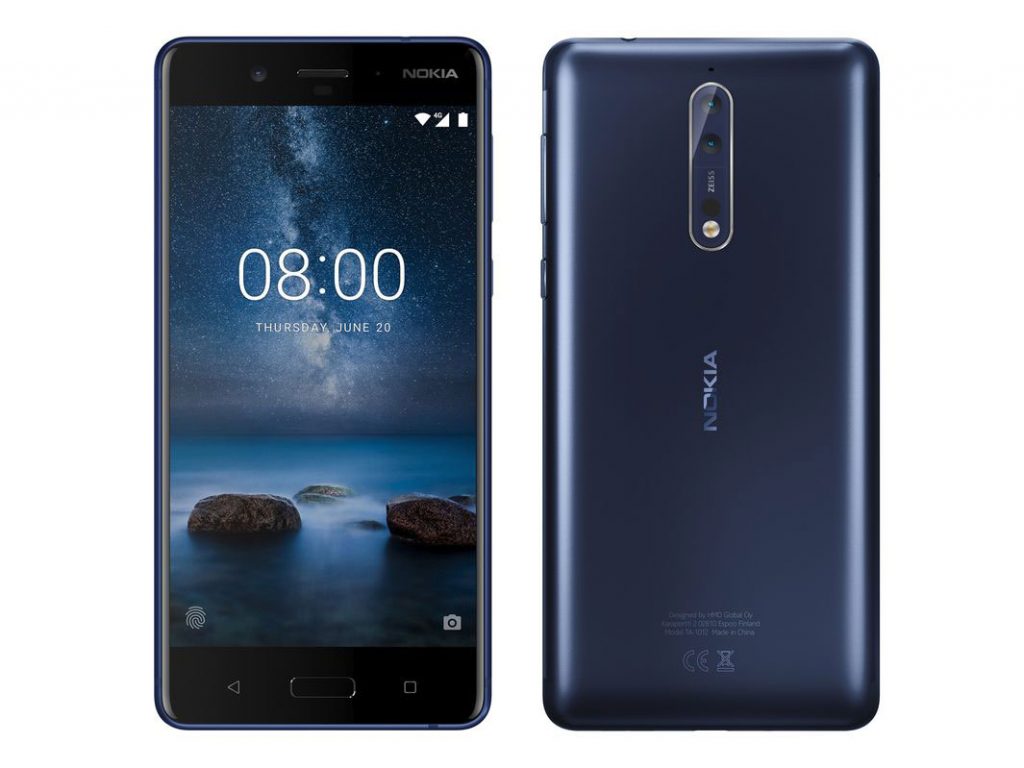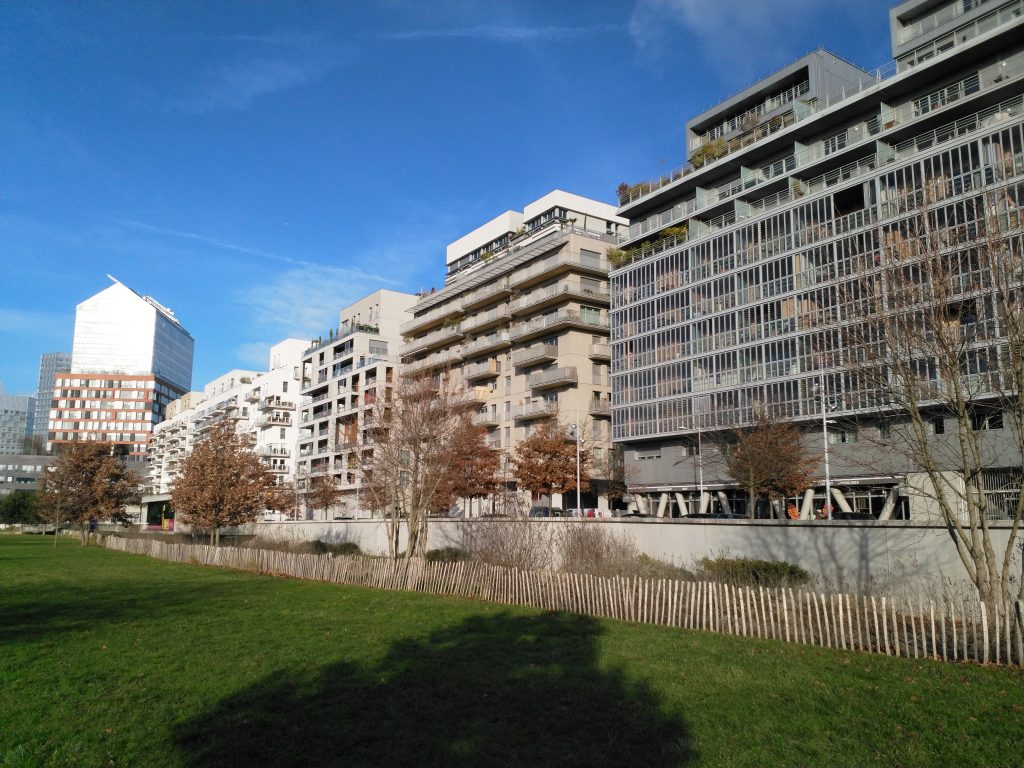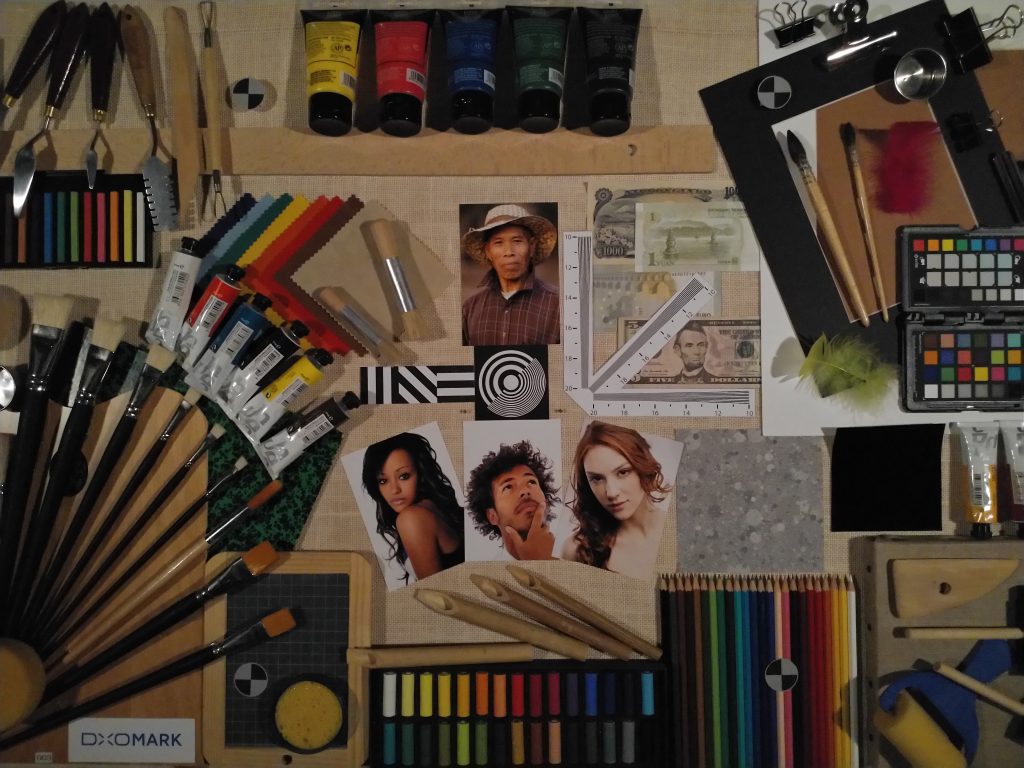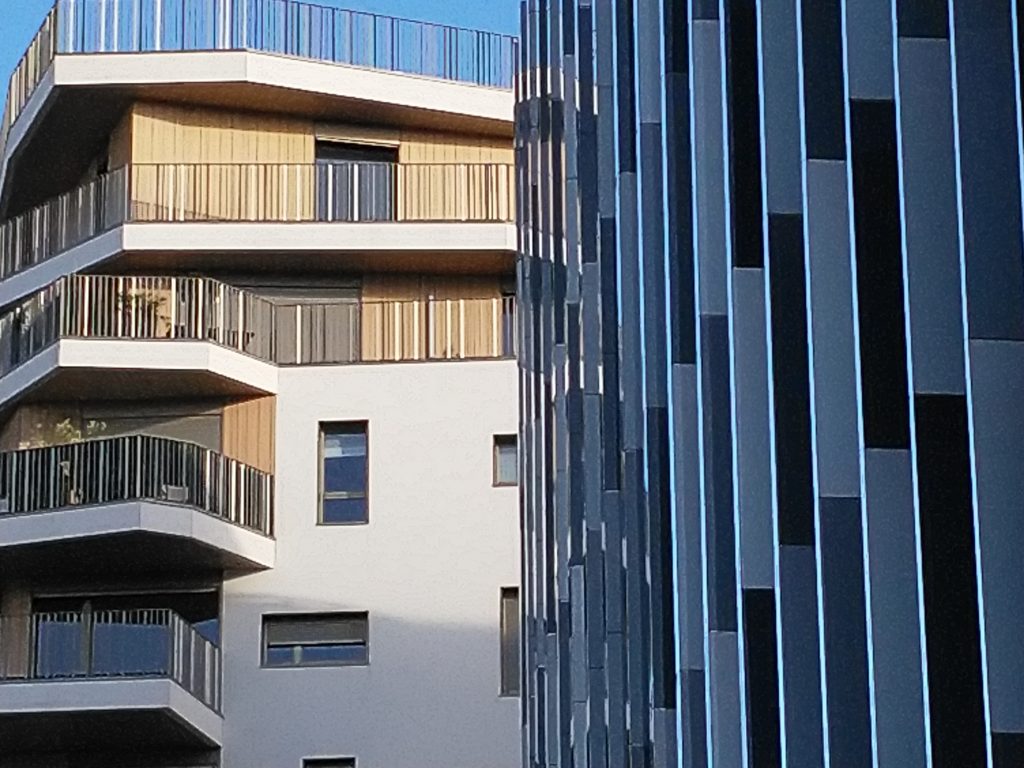The Nokia 8 is the first real Nokia-branded high-end device launched since the famous brand was acquired from Microsoft Mobile by its current owners, HMD Global, in 2016. The device is powered by Qualcomm’s top-of-the-line Snapdragon 835 chipset and comes with a dual camera that was developed in collaboration with Zeiss. The unit combines a 13 Mp RGB sensor with 1.12µm-sized pixels, an f/2.0-aperture lens, and optical image stabilization with a secondary 13 Mp monochrome sensor. Image data from both sensors is combined for more detail, lower noise levels, and better dynamic range. In addition to the usual contrast detection, the autofocus system uses phase-detection sensors and a time-of-flight laser for measuring the subject distance. In video mode, the Nokia 8 is capable of recording 4K footage at 30 frames per second. Older Nokia models, such as the 808 PureView, performed at a consistently high level in our testing. Read our review to find out if the Nokia 8 is capable of filling its predecessors’ large shoes under new ownership.
Key specifications:
- Dual camera
- 13 Mp RGB main sensor with 1.12µm pixels
- f/2.0 aperture
- Optical image stabilization
- Secondary 13 Mp monochrome sensor
- AF with on-sensor phase detection and laser assistance
- Dual-tone LED flash
- 4K video at 30 fps
- 13 Mp front camera with f/2.0 aperture
Test summary
In our testing, the Nokia camera was able to produce nice images in some situations, earning itself an overall Photo score of 72. That said, there is room for improvement in many areas, especially when considering the Nokia 8 aims to compete with the flagship phones from Apple, Samsung, Huawei, and other big name brands. Generally its images show good exposure and the Nokia struggles to capture a usable exposure only in our darkest 1 Lux test scene. Dynamic range is good, too, but only when the Auto HDR mode kicks in — which it often doesn’t, even in high-contrast shooting situations. White balance is usually accurate, but images sometimes show quite low levels of saturation and some noticeable color shading (differences in color rendering between center and edges of the frame). In low light, we also found some color rendering inconsistencies, with some tones slightly changing between shots of the same scene.
In terms of texture and noise, the Nokia 8 noticeably lags behind other flagship phones. Fairly strong noise is visible in areas of plain color, even in bright light, and levels of detail are generally low, with a lot of blurring of fine detail and textures. As you would expect, detail decreases further in indoor and low-light shooting conditions. In addition, the Nokia suffers from a very noticeable loss of sharpness in the field, with strong softness often visible towards the edges of the frame. Most other artifacts are well-controlled, however.
Thanks to a combination of three technologies — contrast detection, phase detection, and laser — the Nokia 8’s autofocus system is capable of producing accurate results in most situations. It does slow down considerably in lower light, though, which is useful to keep in mind when aiming to capture a decisive moment in dim conditions. Exposure and color are decent when shooting with the camera’s dual-LED flash, but some flash portraits show a noticeable red-eye effect, and just as with flash-less shooting, there’s a lot of noise and not a lot of fine detail.
Without a dedicated tele-lens or higher-resolution secondary sensor, it’s no surprise the Nokia’s results when zooming aren’t on quite the same level as the best in class. Using the digital zoom, there is very little detail and the image results quickly look pixelated, with noise fringing around edges. In fact, we can only recommend using even a 2x zoom factor in emergency situations — and overall, it’s arguably best to get as close to your subject as possible and avoid zooming altogether. Thankfully, the Nokia’s bokeh mode performs on a higher level. It cannot quite compete with the best in class, but the Nokia’s portrait mode is capable of producing a pleasant bokeh effect that is not too strong. Subject isolation it not always perfect, though, with some artifacts visible, and the mode doesn’t always trigger when it should, even when manually activated.
At 62 points, the Nokia 8’s video score is lower than its still image performance, and this is mainly because of its low autofocus and stabilization sub-scores. The autofocus in our test unit often did not trigger at at all in low light, making videos in such conditions pretty much unusable; and with its strong overcompensation for handheld motion and deformation, the stabilization system performs on a very similar level as the Samsung Galaxy S6 Edge, a device that is now almost three years old. In addition, the Nokia 8’s video footage shows a narrow dynamic range, with highlight clipping in high-contrast scenes, and unstable exposure. Exposure stepping is noticeable when the illumination changes during recording, and as with stills mode, levels of detail are low. On the plus side, video clips show good target exposure and color rendering in bright light and well-lit indoor conditions.
Conclusion
With top-end processing components, a 5.3-inch QHD IPS display, and an IP54-rated aluminum uni-body, the Nokia 8 is a high-end device inside and out, but the performance of its camera module lags behind our (admittedly high) expectations. The Nokia is capable of producing decent still images, but in many situations, it cannot match the image quality of the cameras in current high-end phones from most competitors.


Pros
- Good target exposure in all conditions
- Generally good white balance in all conditions
- Fairly good dynamic range in high-contrast scenes when HDR kicks in
- Good subject isolation in portrait mode
Pros
- Good color rendering in bright light and indoor conditions
- Accurate target exposure under indoor and bright light conditions
Cons
- Low levels of detail in all conditions
- Strong exposure instabilities in some high-contrast scenes
- High levels of noise in all conditions
- Color shading in all conditions
- Zoom capabilities are low : a strong loss of details and slight noise instabilities are visible.
- Strong loss of sharpness towards the edges of the frame
Cons
- Strong residual motion and deformations on handheld videos
- Poor autofocus efficiency in low light
- Unstable exposure is unstable visible exposure steps during changes of illuminant
- Very limited dynamic range
- Low levels of detail in all conditions








DXOMARK encourages its readers to share comments on the articles. To read or post comments, Disqus cookies are required. Change your Cookies Preferences and read more about our Comment Policy.